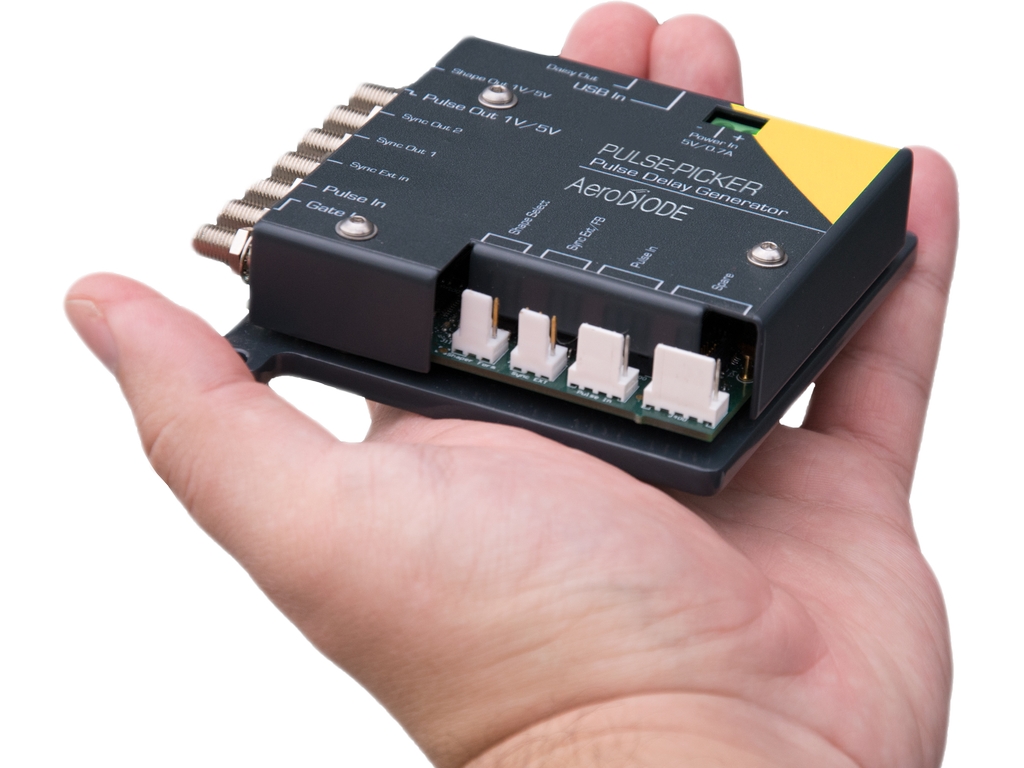
Pultrusion is one of the most transformative manufacturing processes in modern engineering. As industries seek lightweight, durable, and corrosion-resistant materials, pultrusion has emerged as a preferred method for creating high-performance composite profiles. This process bridges the gap between raw concept and tangible creation, empowering engineers and designers across various sectors. In this article, we will explore the significance of pultrusion in today’s engineering landscape under the broader theme “Pultrusion Unleashed: A Comprehensive Guide to the Process,Applications,and Innovations“
Understanding Pultrusion: The Basics
Pultrusion is a continuous manufacturing process used to produce composite materials with a constant cross-sectional shape. It involves pulling (hence the name “pultrusion”) strands of reinforced fibers—typically glass, carbon, or aramid—through a resin bath and then through a heated die. The die shapes and cures the material, producing strong, lightweight profiles.
Unlike extrusion, where material is pushed through a die, pultrusion pulls the material, allowing for uniformity and exceptional strength. The process is highly efficient, consistent, and cost-effective, making it ideal for mass production of composite structures.
Key Components in Pultrusion
- Reinforcements: These include continuous fibers like fiberglass, carbon fiber, or synthetic materials that provide strength and stiffness.
- Resins: Thermosetting resins such as polyester, vinyl ester, and epoxy are used to bind the fibers and add durability and chemical resistance.
- Additives and Fillers: Enhance specific properties like flame retardance, UV resistance, or conductivity.
- Die and Heating Systems: Shape and cure the composite into its final form.
The Engineering Advantages of Pultrusion
Pultrusion has gained popularity for its unparalleled advantages over traditional materials such as steel, aluminum, and wood. These benefits are critical to modern engineering solutions that demand high performance and longevity.
Lightweight Yet Strong
Pultruded products offer a high strength-to-weight ratio. This makes them suitable for aerospace, automotive, and civil engineering projects where weight reduction is essential without compromising structural integrity.
Corrosion Resistance
Unlike metals, pultruded composites do not rust or corrode. This makes them ideal for harsh environments, including marine, chemical processing, and infrastructure applications.
Consistency and Precision
Because pultrusion is a continuous process, it produces parts with uniform dimensions and minimal variability, which is crucial for high-precision engineering applications.
Design Flexibility
Complex shapes and tailored properties can be achieved through different fiber orientations, resin choices, and die designs. Engineers can customize pultruded profiles for specific performance needs.
Pultrusion in Action: Industry Applications
The role of pultrusion in modern engineering becomes evident when we examine its wide-ranging applications. Here’s how various sectors are benefiting from pultruded composite solutions.
Construction and Infrastructure
Pultruded profiles are used in bridges, walkways, ladders, handrails, grating systems, and rebar. Their lightweight nature allows for easier transportation and installation, while their corrosion resistance extends lifespan and reduces maintenance costs.
Transportation
In automotive and aerospace industries, pultruded parts reduce vehicle weight, thereby improving fuel efficiency and reducing emissions. Applications include structural panels, interior supports, and body reinforcements.
Renewable Energy
Wind turbine blades, solar panel supports, and other green energy components leverage pultrusion for their mechanical properties, long life, and environmental resistance.
Telecommunications and Electrical
Pultruded composites are non-conductive, making them suitable for utility poles, cable trays, and enclosures. They provide safety in high-voltage environments and withstand environmental stress.
Marine and Offshore
Boats, docks, piers, and oil platforms require materials that resist saltwater corrosion. Pultruded products meet this need without the weight and rusting issues of metal.
Pultrusion Unleashed: A Comprehensive Guide to the Process, Applications, and Innovations
This phrase encapsulates the evolution of pultrusion from a niche technology to a cornerstone of modern engineering. Let’s delve into how innovation is driving the future of pultrusion.
Innovations in Resin Systems
Advancements in resin chemistry are expanding the performance envelope of pultruded products. Fire-resistant resins, bio-based resins, and UV-resistant formulations enable engineers to design for more demanding applications.
Hybrid Fiber Technologies
Modern pultrusion processes are now incorporating hybrid reinforcements, combining materials like glass and carbon fibers to balance cost and performance. This allows for strategic strengthening of structures where needed.
Thermoplastic Pultrusion
Traditional pultrusion uses thermoset resins, but thermoplastic pultrusion is gaining traction. Thermoplastics offer recyclability, weldability, and impact resistance—opening new doors for sustainable engineering.
Smart Composites
Integration of sensors and smart materials within pultruded profiles is an emerging trend. These “smart composites” can monitor structural health, detect damage, or adjust their properties in real time.
Automation and Digitalization
Industry 4.0 technologies are enhancing the pultrusion process through better quality control, real-time data monitoring, and AI-driven optimizations. Automated systems ensure consistent throughput and reduce human error.
Design Considerations in Pultrusion Engineering
To fully harness the benefits of pultrusion, engineers must account for several design factors:
- Cross-Section Shape: Uniform shapes such as I-beams, channels, or custom profiles must be planned in advance.
- Fiber Orientation: The direction in which fibers are laid affects mechanical properties like tensile strength and stiffness.
- Tooling Design: Dies must be precisely manufactured and maintained for consistent results.
- Thermal Expansion: Different from metals, composites expand and contract differently with temperature changes and must be accounted for in structural applications.
Environmental Impact and Sustainability
As sustainability becomes central to engineering decisions, pultrusion offers several green advantages:
- Energy Efficiency: The process consumes less energy compared to metal fabrication.
- Longevity: Pultruded products have long service lives, reducing the need for replacements.
- Recyclability: Advances in thermoplastic pultrusion and resin reclamation are making pultruded composites more recyclable.
- Reduced Maintenance: Lower upkeep requirements translate into lower environmental and economic costs.
The Future of Pultrusion in Engineering
Pultrusion is no longer just a process—it’s a platform for innovation. As new materials, technologies, and applications emerge, pultrusion continues to evolve. Its role in engineering is expanding beyond just structural support to include smart systems, sustainable infrastructure, and lightweight solutions for advanced industries.




